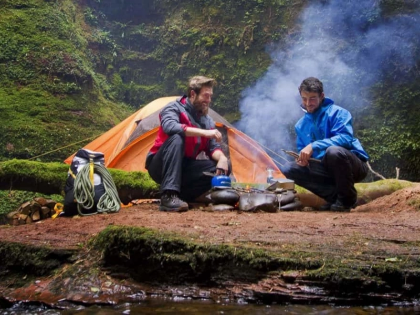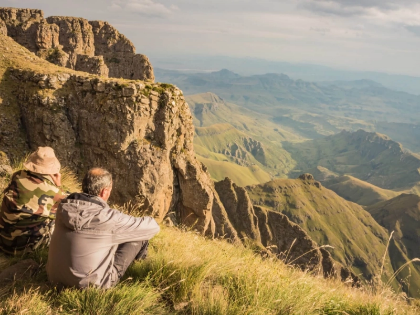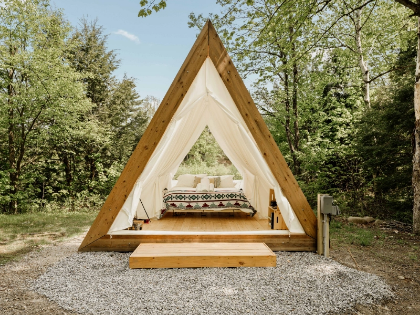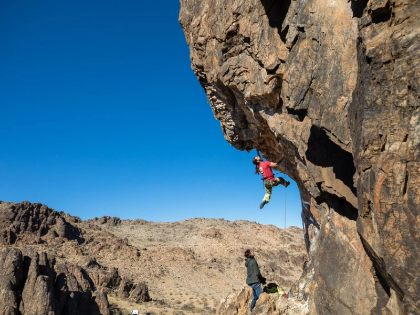Although it works the entire body well, rock climbing doesn't put a lot of strain on the major muscle groups. You need to lift weights on a regular basis to build these muscles.
For example, when stemming, your arms' effort must be counterbalanced by your leg muscles as you grab holds. The maintenance of effective footwork requires the use of this method.
It's an all-body exercise.
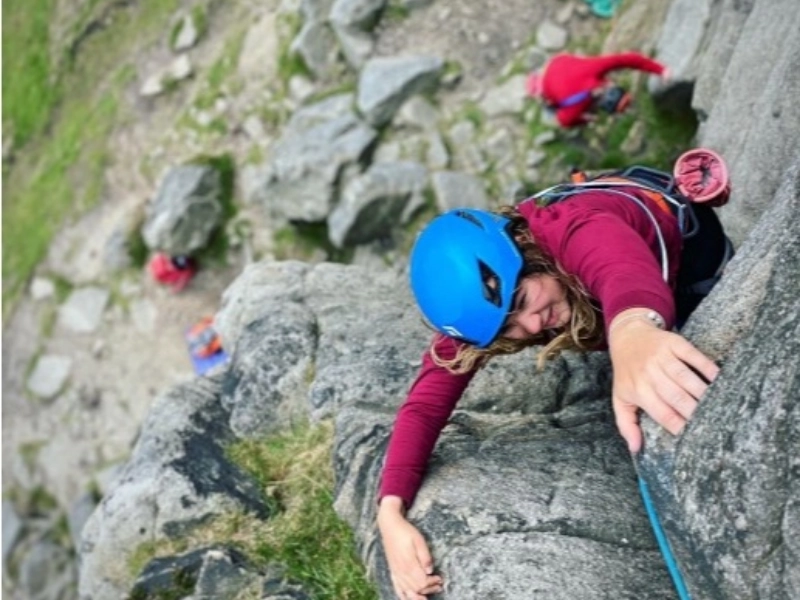
Advertisement
Climbing rocks is an intense physical activity that burns a lot of calories. It also aids in endurance and muscle growth. Additionally, it enhances problem-solving abilities and the mind-body connection. It can also elevate your mood and increase your sense of self-worth. But it's crucial to keep in mind that weight training should not be substituted for climbing.
While climbing is a great way to strengthen your arms and shoulders, it is not as good for your legs or back as a full-body weightlifting activity. These regions could get hurt as a result of this. Furthermore, leg activities like lunges and squats can strengthen the larger lower body muscles like the hamstrings and quadriceps, which are not loaded when climbing.
Exercises for the core, such as planks and crunch variations, are crucial. Strengthening the core can also be achieved with hanging leg lifts. This will lessen the chance of getting hurt when climbing.
What a fantastic aerobic exercise!
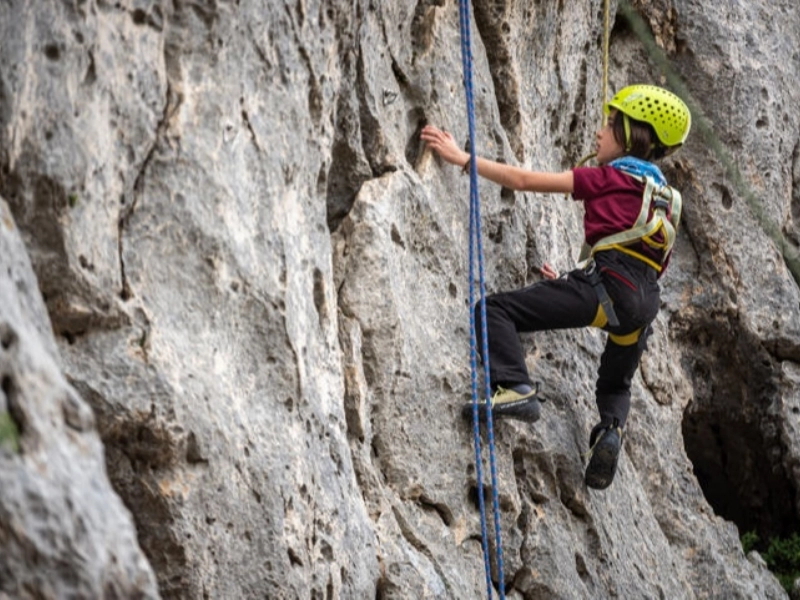
Climbing works the entire body's muscles, making it an excellent cardiovascular exercise. It also calls for a strong mental fortitude. You have to consider your foot placement and wall-clinging technique carefully. Climbers also tend to be quite gregarious and have a positive mood all around them.
In addition, rock climbing exercises many different muscles, such as the shoulders and back muscles. It also tones the calves, quadriceps, and biceps. Additionally, it strengthens the lats, which are necessary for raising oneself. In fact, a study discovered that the heart rate and energy expenditure of rock climbing are comparable to those of running.
It's crucial to remember, though, that weight training is a more effective way to gain muscle. For this reason, the majority of jacked/cut climbers include weight training to their climbing regimen. Additionally, instead of climbing, you might think about using weight machines or pumping iron if you want to gain bigger muscles.
It's a highly effective calorie burner.
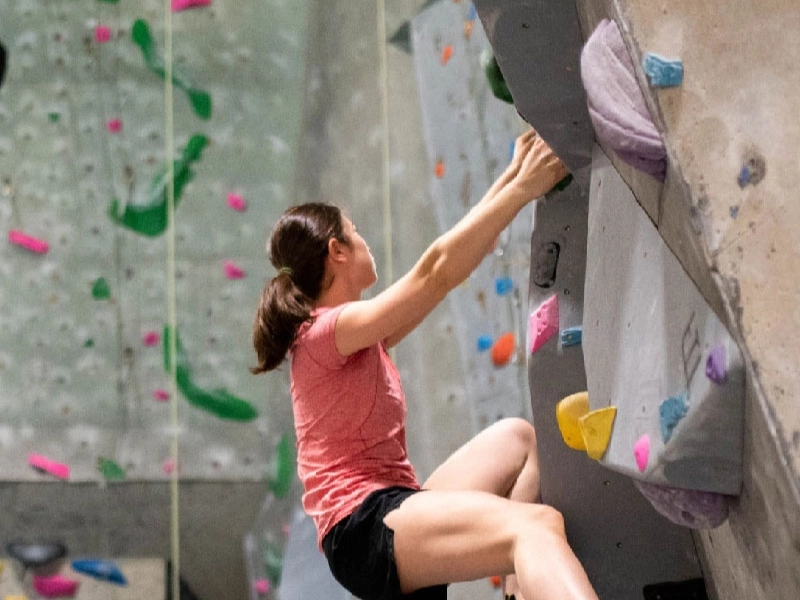
Climbing rocks can be an enjoyable way to increase your heart rate and strengthen your muscles. Additionally, it increases your caloric expenditure significantly, which is perfect for losing weight. It may also facilitate muscle growth.
Climbing is a great year-round activity because it can be done both indoors and outdoors. Walking up a high slope is a common component of outdoor climbs, which raises your heart rate and prepares your muscles for the exertion that lies ahead.
Furthermore, you burn more calories when rock climbing because it works numerous muscle groups simultaneously, as opposed to when exercising only one or two. Climbing also demands a great degree of intensity. Faster-firing muscle cells burn more calories than slower-firing muscle cells, which is another benefit of this stimulation.
It's a fantastic method to gain muscle.

Climbing rocks is an excellent method to burn calories and gain muscle. It's a pleasant exercise that calls for cooperation and stepping beyond your comfort zone. Don't mistake it for a substitute for weight training, either. Working with an instructor who can prevent injuries is crucial because climbing may be taxing on the joints.
If you've never done rock climbing before, start with classes at a nearby gym or climbing area. There is at least one indoor gym with climbing instructors in most large cities. After that, to acclimate your muscles to the activity, do a few simple athletic routes. You can go on to more difficult paths after that. The best thing is that climbing strengthens every muscle in your body, including the core. It also calls for a great deal of coordination and balance. Also, you'll strengthen your arms and legs, which are essential for maintaining your parallel to the wall. Slow-fire muscle cells, which are bigger and more powerful than fast-fire cells, are the objective of climbing.
Advertisement







